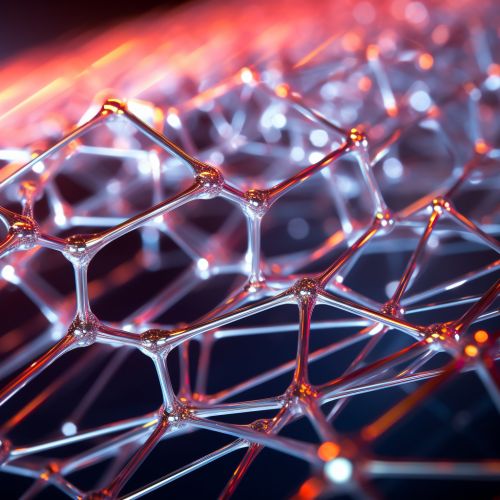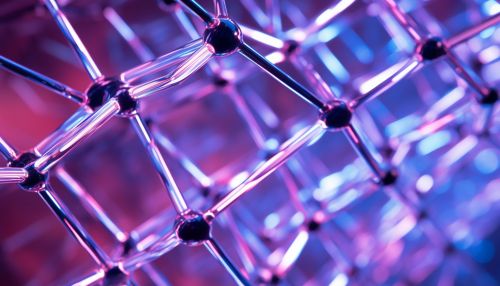Topological Defects in Condensed Matter
Introduction
Topological defects are phenomena that occur in various fields of condensed matter physics. They are characterized by a disruption in the regular order of a system, which can be caused by changes in the system's symmetry. Topological defects can be found in a wide range of systems, from liquid crystals to superconductors, and their study has contributed significantly to our understanding of condensed matter physics.


Classification of Topological Defects
Topological defects can be classified into several types, depending on the nature of the disruption and the dimensionality of the system. The primary types of topological defects are point defects, line defects, and surface defects.
Point Defects
Point defects, also known as zero-dimensional defects, are disruptions that occur at a single point in the system. Examples of point defects include vacancies, where an atom is missing from a crystal lattice, and interstitials, where an extra atom is inserted into the lattice.
Line Defects
Line defects, or one-dimensional defects, are disruptions that extend along a line in the system. These include dislocations, which are lines of atoms that are out of position in a crystal lattice, and quantum vortices, which occur in superfluids and superconductors.
Surface Defects
Surface defects, also known as two-dimensional defects, are disruptions that extend over a surface in the system. These include grain boundaries, which are the boundaries between different crystalline regions in a polycrystalline material, and domain walls, which separate regions with different orientations of a magnetic field or electric field.
Formation of Topological Defects
Topological defects are typically formed during phase transitions, when a system changes from one state to another. The Kibble-Zurek mechanism is a theory that describes the formation of topological defects during a phase transition. According to this theory, the system does not have enough time to adjust to the new state during a rapid phase transition, leading to the formation of topological defects.
Effects of Topological Defects
Topological defects can have significant effects on the properties of a system. For example, they can lead to changes in the mechanical properties of a material, such as its strength and ductility. In superconductors, topological defects can lead to the loss of superconductivity. In liquid crystals, topological defects can affect the optical properties of the material.
Study of Topological Defects
The study of topological defects has been a major focus of condensed matter physics. This research has led to a deeper understanding of phase transitions, symmetry breaking, and other fundamental phenomena. It has also led to the development of new materials and technologies, such as topological insulators and topological superconductors.
